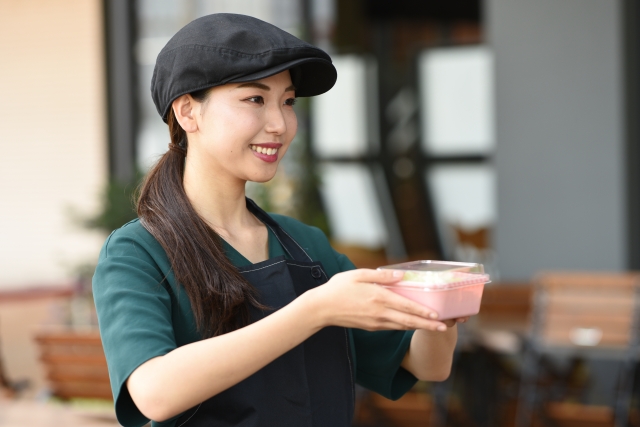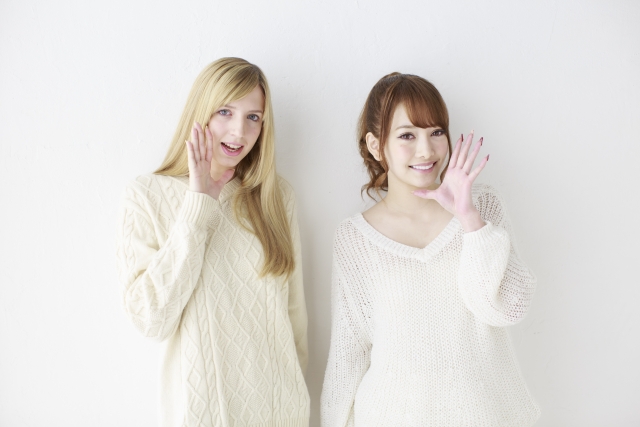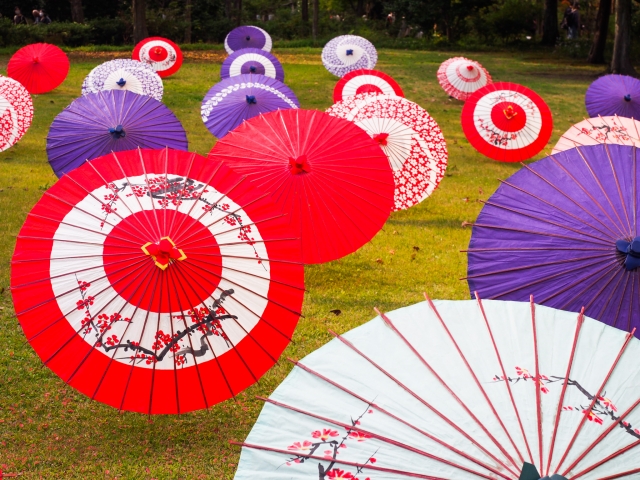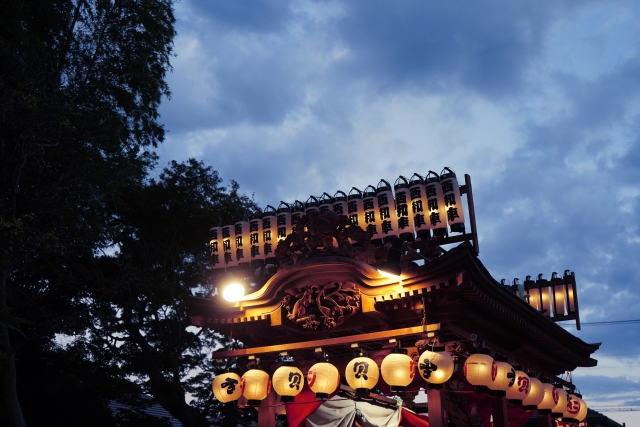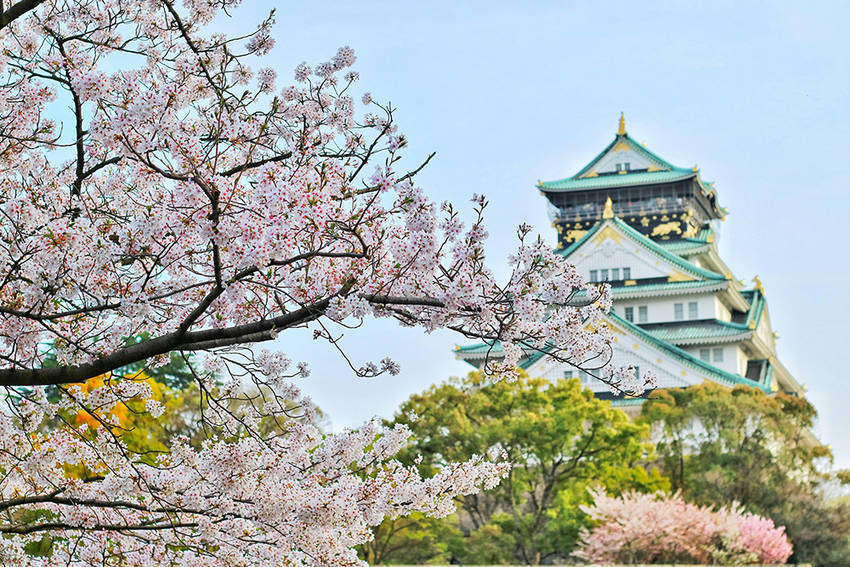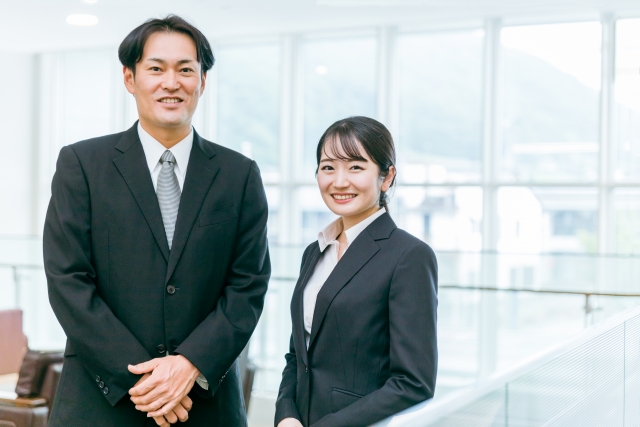海外から日本へ行く航空会社は数多くありますが、日本航空が手がける国際LCC(ローコストキャリア)航空会社「ZIPAIR」をご存じですか?ZIPAIRは以下の路線を運航しており、すべての路線でBoeing 787-8を使用して快適な旅を提供しています。
運航路線:
- 東京(成田)国際空港
- ソウル(仁川)国際空港
- マニラ(ニノイ・アキノ)国際空港
- バンコク(スワンナプーム)国際空港
- シンガポール(チャンギ)国際空港
- ホノルル(ダニエル・K・イノウエ)国際空港
- バンクーバー国際空港
- サンフランシスコ国際空港
- サンノゼ国際空港
- ロサンゼルス国際空港
- ヒューストン国際空港(2025年3月4日より運航開始)
ZIPAIRの特徴:
ZIPAIRは、サービスを必要最低限に抑えることで、リーズナブルな料金でエコノミーシートやフルフラットシートを提供しています。機内サービスはすべて有料で、水やソフトドリンク、食事も購入する必要があります。事前にオンラインで食事を注文することで、搭乗後の購入よりも割安になります。ただし、食事サービスは離陸後に1度提供されるのみで、その他の追加のサービスはありません。
また、ブランケットや枕、スリッパ、アイマスク、イヤープラグなどが入ったアメニティキットも別途購入が必要ですが、購入後は持ち帰ることが可能です。
機内エンターテイメント用のディスプレイはなく、その代わり無料のWi-Fiが提供されています。ただ、私が利用した際はWi-Fiが不安定で、インターネットブラウジングにはあまり適していませんでした。映画などもWi-Fiを通じて視聴可能ですが、選べる作品数は少なめです。
費用重視の選択肢:
コストを抑えた航空サービスであるZIPAIRは、費用対効果を重視する方にとって非常に魅力的です。ただし人気が高いため、場合によっては3ヶ月以上前に予約が必要なこともあります。以前は予約後のキャンセルができませんでしたが、現在ではキャンセルはできないものの、日程の変更が可能になったようです。
日本への移動手段の一つとして、ZIPAIRを検討してみてはいかがでしょうか?
運航路線:
- 東京(成田)国際空港
- ソウル(仁川)国際空港
- マニラ(ニノイ・アキノ)国際空港
- バンコク(スワンナプーム)国際空港
- シンガポール(チャンギ)国際空港
- ホノルル(ダニエル・K・イノウエ)国際空港
- バンクーバー国際空港
- サンフランシスコ国際空港
- サンノゼ国際空港
- ロサンゼルス国際空港
- ヒューストン国際空港(2025年3月4日より運航開始)
ZIPAIRの特徴:
ZIPAIRは、サービスを必要最低限に抑えることで、リーズナブルな料金でエコノミーシートやフルフラットシートを提供しています。機内サービスはすべて有料で、水やソフトドリンク、食事も購入する必要があります。事前にオンラインで食事を注文することで、搭乗後の購入よりも割安になります。ただし、食事サービスは離陸後に1度提供されるのみで、その他の追加のサービスはありません。
また、ブランケットや枕、スリッパ、アイマスク、イヤープラグなどが入ったアメニティキットも別途購入が必要ですが、購入後は持ち帰ることが可能です。
機内エンターテイメント用のディスプレイはなく、その代わり無料のWi-Fiが提供されています。ただ、私が利用した際はWi-Fiが不安定で、インターネットブラウジングにはあまり適していませんでした。映画などもWi-Fiを通じて視聴可能ですが、選べる作品数は少なめです。
費用重視の選択肢:
コストを抑えた航空サービスであるZIPAIRは、費用対効果を重視する方にとって非常に魅力的です。ただし人気が高いため、場合によっては3ヶ月以上前に予約が必要なこともあります。以前は予約後のキャンセルができませんでしたが、現在ではキャンセルはできないものの、日程の変更が可能になったようです。
日本への移動手段の一つとして、ZIPAIRを検討してみてはいかがでしょうか?
The ZIPAIR Experience
Many airlines fly to Japan from overseas, but have you heard of ZIPAIR, an international LCC (Low-Cost Carrier) airline operated by Japan Airlines? With a Boeing 787-8 aircraft, ZIPAIR provides a comfortable travel experience and operates the following routes:
Routes:
Routes:
- Tokyo (Narita) International Airport
- Seoul (Incheon) International Airport
- Manila (Ninoy Aquino) International Airport
- Bangkok (Suvarnabhumi) International Airport
- Singapore (Changi) International Airport
- Honolulu (Daniel K. Inouye) International Airport
- Vancouver International Airport
- San Francisco International Airport
- San Jose International Airport
- Los Angeles International Airport
- Houston International Airport (operations start on March 4, 2025)
ZIPAIR Features:
ZIPAIR offers economy and full-flat seats at reasonable fares by keeping service to a minimum. All in-flight services are fee-based, so customers must purchase water, soft drinks, and meals. Ordering meals online in advance is less expensive than after boarding. However, they only offer meal service once after takeoff, and there aren’t any other additional services available.
You must also buy an amenity kit that includes a blanket, pillow, slippers, eye mask, and ear plugs separately but you can take it home after purchase.
There is no display for in-flight entertainment; instead, they provide free W-Fi. However, when I used it, the Wi-Fi was unstable and unsuitable for internet browsing. There are movies and other entertainment options available via Wi-Fi, but it’s a limited selection.
Cost-Conscious Options:
As a low-cost airline service, ZIPAIR is very attractive to those who value cost-effectiveness. However, due to its popularity, you have to make reservations at least three months in advance in some cases. In the past, it wasn’t possible to cancel a reservation after making one, but now, you can at least change the itinerary, but it’s still not possible to cancel a reservation.
Why not consider ZIPAIR as one of your transportation options to Japan?
sign up for the Japanese-Online Newsletter
__..-・**・-..__..-・**・-.._ あいうえお かきくけこ さしすせそ たちつてと なにぬねの はひふへほ まみむめも やいゆえよ らりるれろ わゐうゑを ん __..-・**・-..__..-・**・-.._
#JapaneseOnline #LearningJapanese #FreeJapaneseLessons #JapaneseVideoLearning #JapaneseAnime #Anime #JapaneseFood #Bloguru


